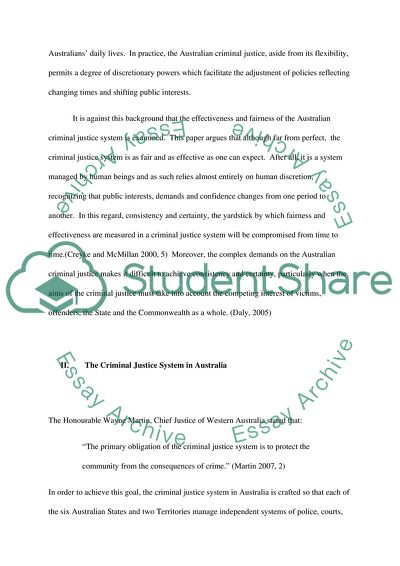Cite this document
(Is the Criminal Justice System in Australia Fair and Effective Research Paper, n.d.)
Is the Criminal Justice System in Australia Fair and Effective Research Paper. Retrieved from https://studentshare.org/law/1726678-criminal-justice-system-in-australia
Is the Criminal Justice System in Australia Fair and Effective Research Paper. Retrieved from https://studentshare.org/law/1726678-criminal-justice-system-in-australia
(Is the Criminal Justice System in Australia Fair and Effective Research Paper)
Is the Criminal Justice System in Australia Fair and Effective Research Paper. https://studentshare.org/law/1726678-criminal-justice-system-in-australia.
Is the Criminal Justice System in Australia Fair and Effective Research Paper. https://studentshare.org/law/1726678-criminal-justice-system-in-australia.
“Is the Criminal Justice System in Australia Fair and Effective Research Paper”, n.d. https://studentshare.org/law/1726678-criminal-justice-system-in-australia.


